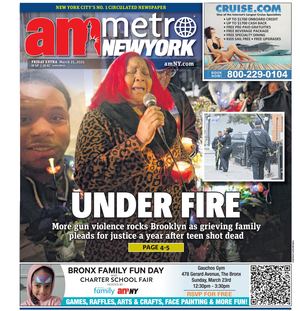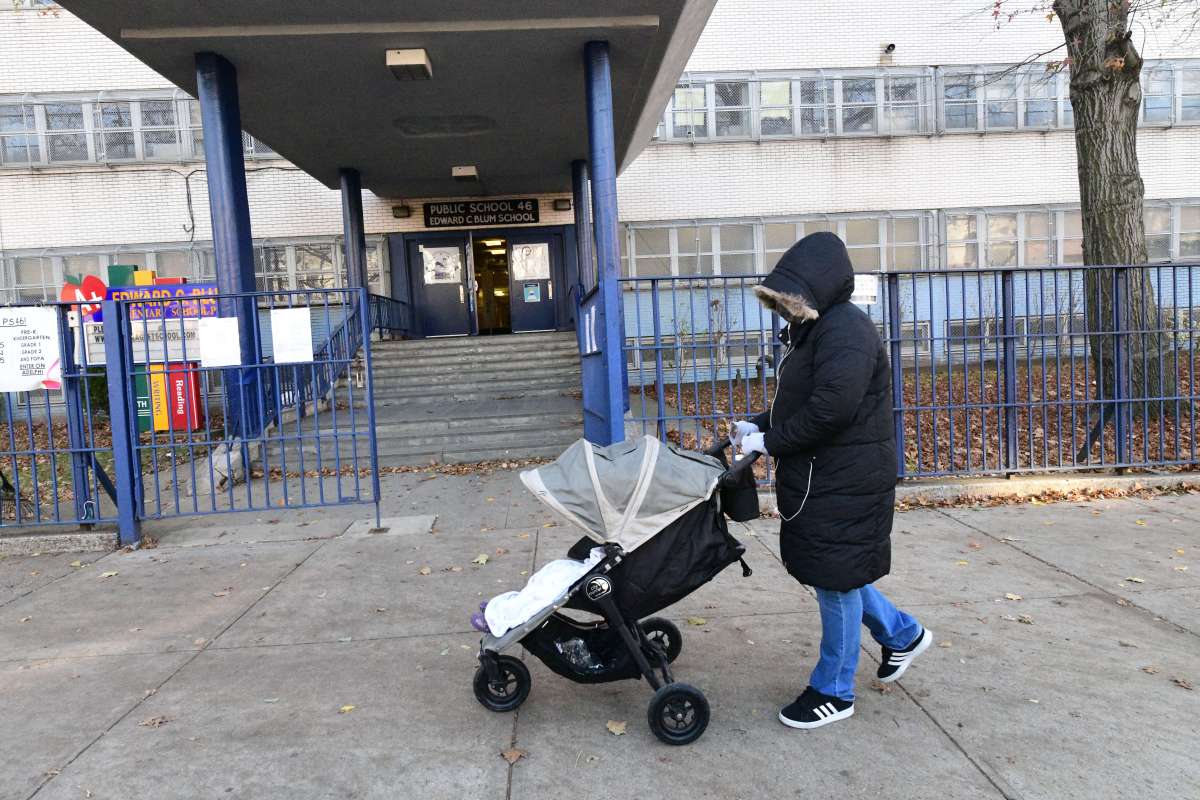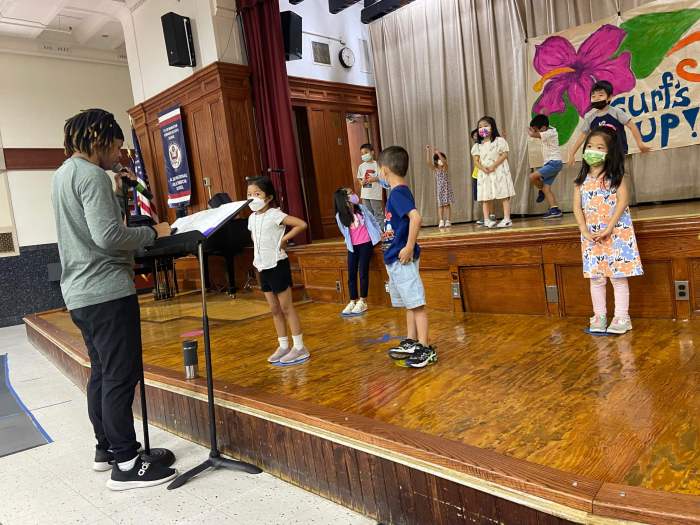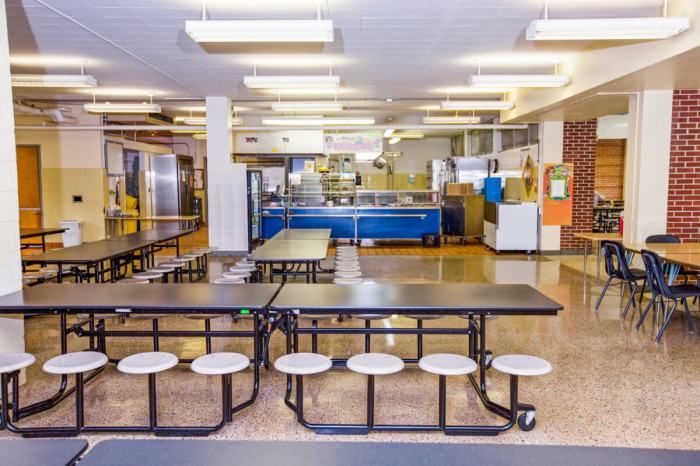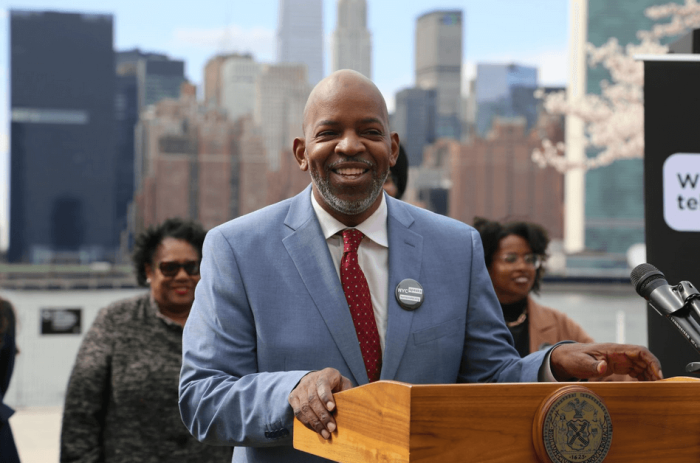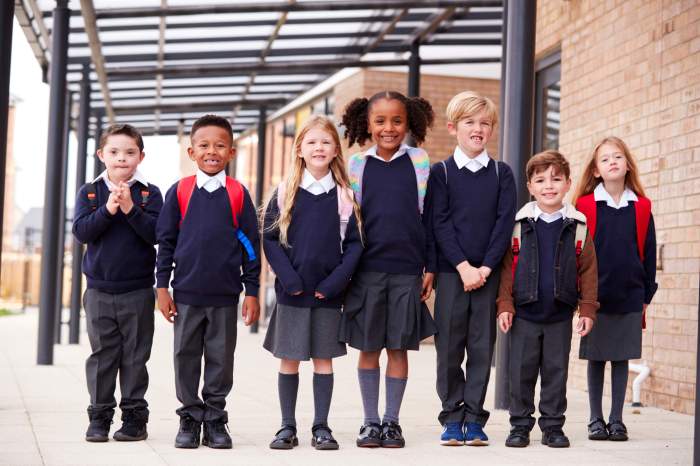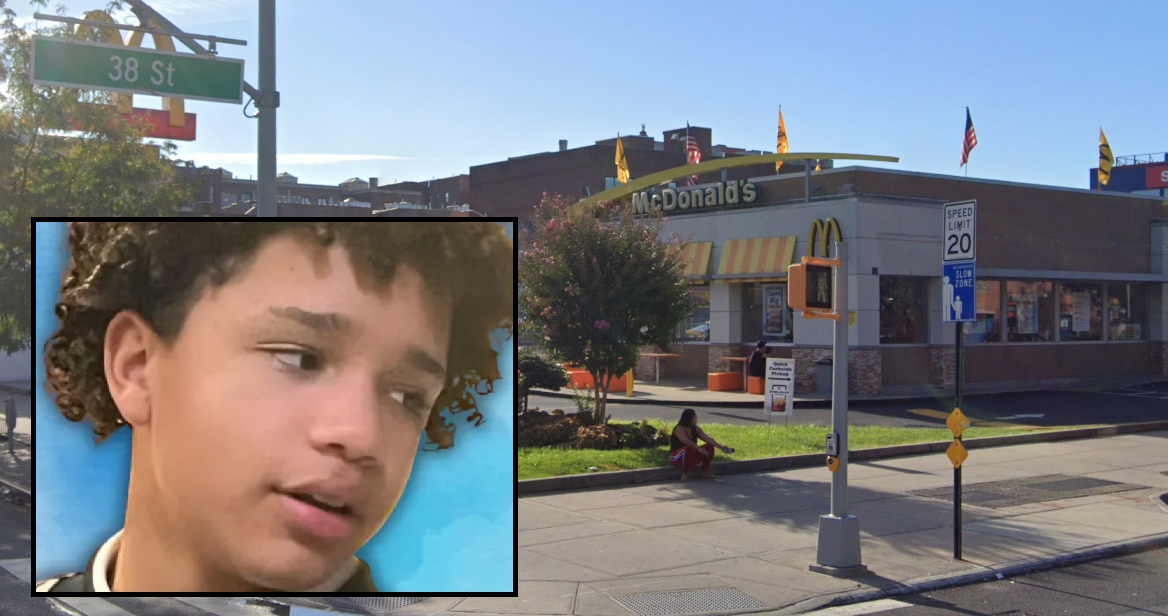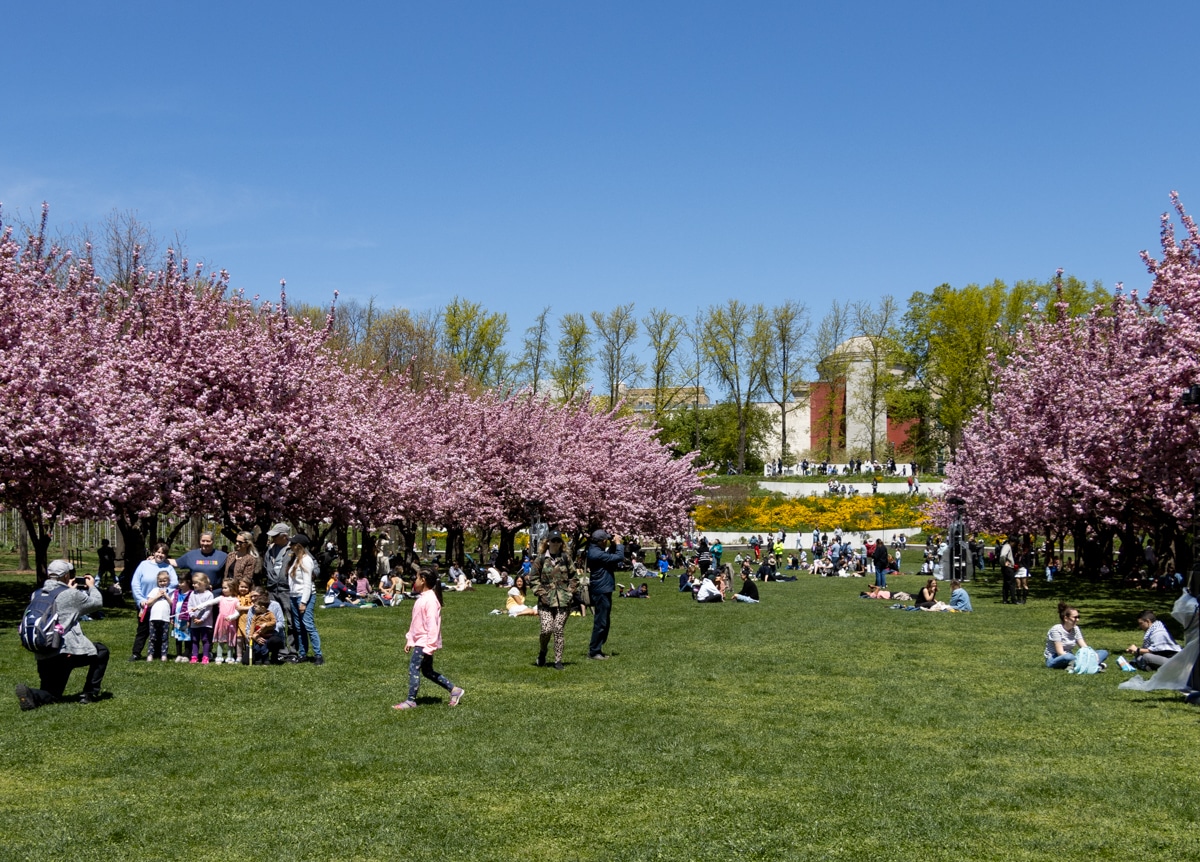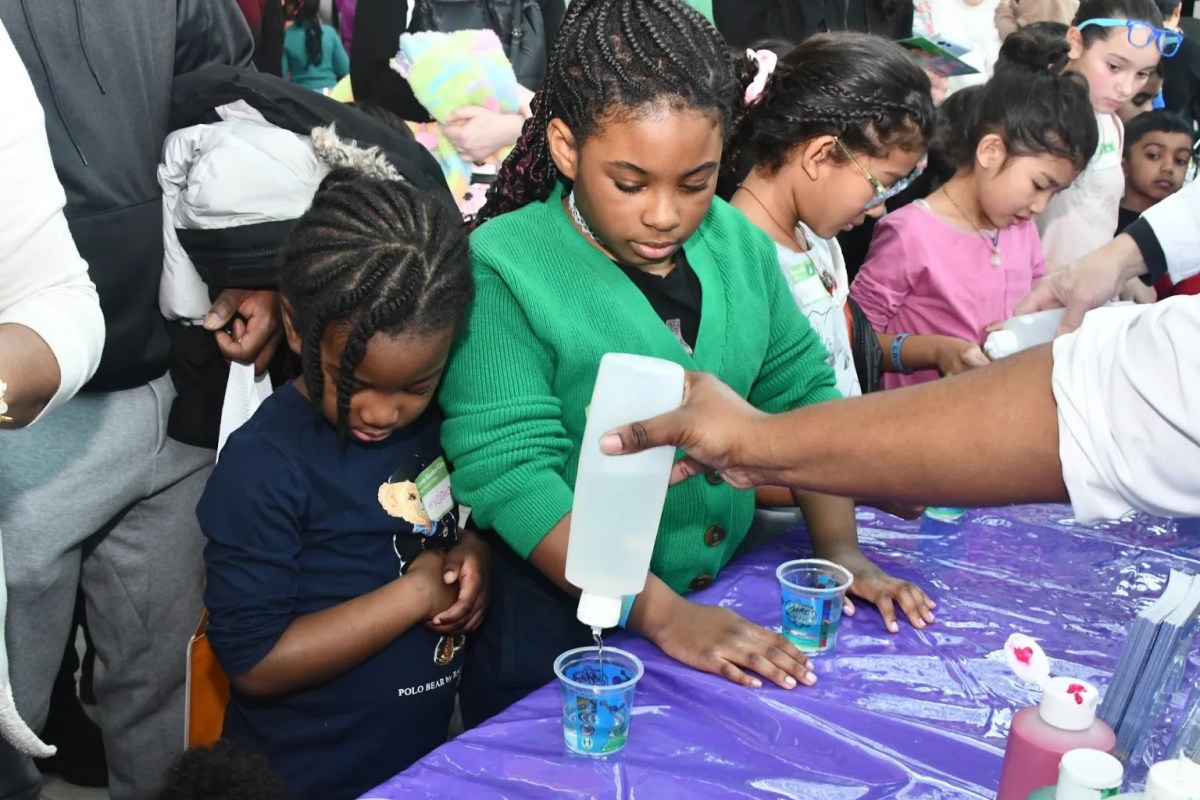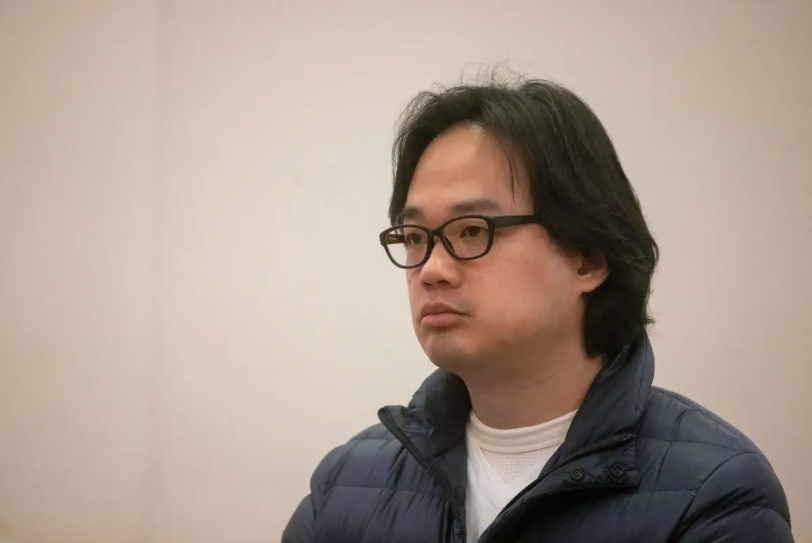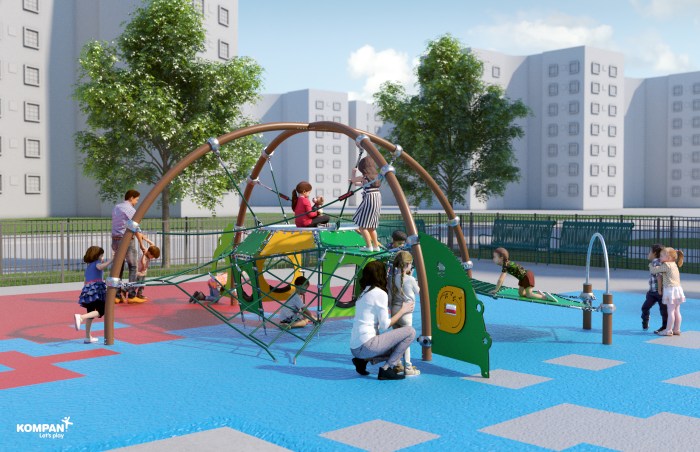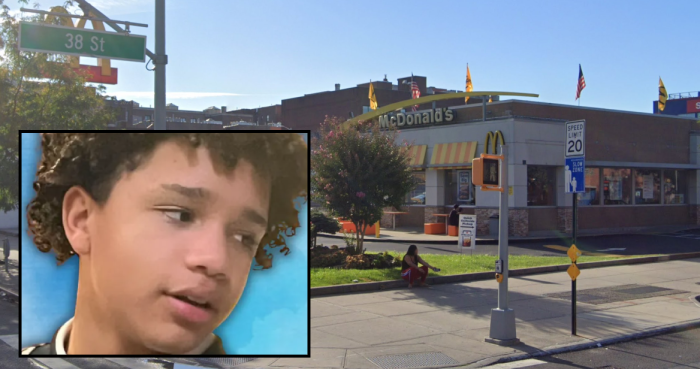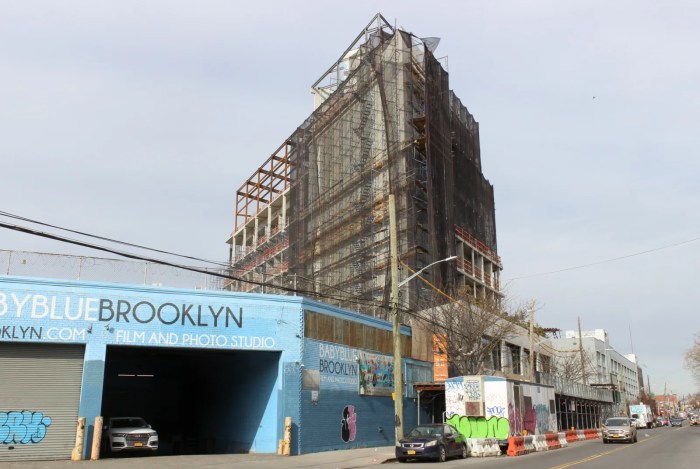Around 41% of New York City’s school buildings in the city’s 1,400 school system are still fully inaccessible for students and people with disabilities, according to a new report.
The school accessibility report, titled “Access (Still) Denied: An Update on the Physical Inaccessibility of New York City Public Schools,” was released by the nonprofit Advocates for Children of New York (AFC), which works with families of students who have physical disabilities who have needed to change schools or even find schools because of accessibility issues.
The report is an update to a similar AFC report on school accessibility released in 2018. The data in the new report does not include 3-K, pre-K, District 79 programs, or charter schools.
A total 65.8% of buildings are inaccessible, including partially accessible buildings, and not scheduled for upgrades.
Only 34.2%, or 454 buildings, out of all of the DOE’s school system are fully accessible with a Building Accessibility Profile (BAP) rating of 9 or 10. The BAP rating scale was created by the DOE through a collaboration with the Office of Accessibility Planning within the city’s Office of Space Management.
Typically, schools that do not have accessible entrances, classrooms, and bathrooms are considered fully inaccessible by the DOE.
AFC pointed out examples of physical barriers including school entrances atop of a flight of stairs, auditoriums that are unable to accommodate wheelchairs, lack of accessible bathrooms. To this end, the “ADA still exists in name only,” the nonprofit pointed out.
But even schools that are partially accessible prevent people with disabilities from being able to use the entire facility, said Sarah Part, the report’s main author and senior policy analyst at AFC.
“Some “partially accessible” schools just means you can get in the door and access some parts of the ground floor,” Part told amNewYork Metro. “You can’t actually go to school there.”
Kim Sweet, the executive director of AFC, said in a statement that as we approach the 40th anniversary of the Americans with Disabilities Act (ADA) come 2030, the city should set “ambitious goals” to ensure the landmark regulation holds real meaning in the day-to-day lives of New Yorkers with disabilities.
“No child should be turned away from a school because the facilities are not accessible,” Sweet stated. “The next capital plan should build on the progress that has been made and move us closer to a system in which all schools are fully accessible.”
The only school district where at least 50% of the DOE schools are fully accessible is in District 24 in Queens, which encompasses the neighborhoods of Ridgewood, Corona, Glendale, Elmhurst, Maspeth, and Middle Village.
“My guess is that there’s a lot there’s more post-1992 construction in District 24 than there is in other places of the city,” Part said. “If you’re building a whole bunch of new schools for capacity reasons, growing population, immigration, what have you, those schools are going to be accessible.”
There are currently 65 buildings in the pipeline that will become fully or partially accessible, according to Part.
“Some of those are actively in construction right now, where they’re doing upgrades,” Part told amNewYork Metro. “Then some of them are still in the planning stages.”
Kevin Ortiz, spokesperson for the School Construction Authority (SCA), told amNewYork Metro in a statement that the ongoing $750 million in the current capital plan is going towards “our shared goal of making school buildings more accessible.”
The SCA relies on the DOE’s building grades on BAP reports when selecting buildings to upgrade.
“Working together, NYC Public Schools and the SCA have identified 65 accessibility projects,” Ortiz stated. “We are on track to make a third of the buildings throughout the city fully accessible and at least half of elementary school buildings fully or partially accessible.”
Abraham Weitzman, a former student with special education needs who graduated from Bard High School Early College Queens, told amNewYork Metro that the fact that there are school buildings that are still not fully accessible is “disgraceful.” He recalled the time he spent taking a bus more than an hour each way from his kindergarten through eighth grade years.
“I was lucky in high school; I found the perfect place despite having very few choices,” Weitzman said. “I didn’t get the chance to find community in my neighborhood. This means that we must put our efforts into making it better for future students.”
AFC also shared the experience of one family needing to switch to a non-public school because of the inability of finding the right accessible public school.
“For years, my family has felt the impact of the limited accessibility of the City’s public schools, which have excluded and marginalized my daughter,” said Yuvi Espino, the mother of Mia, a student with special education needs. “Mia hasn’t been able to attend many events at her younger sister’s school, which has been very upsetting for Mia, her sister, and our whole family.”
AFC is now urging the New York City Department of Education to commit at least $1.25 billion towards the 2025-29 Capital Plan improving school accessibility and building upon the progress that has already been made. The DOE will be releasing its proposed capital spending for the next five years this November.
“We look forward to working with advocates, parents, and stakeholders on our next 2025-2029 capital plan to further advance this initiative to make more schools accessible,” Ortiz stated.
This funding will enable to city to bring another 150 to 200 buildings up to full accessibility by 2029, at which point 50% of all buildings that serve as a primary location for a school will be fully accessible, according to AFC.
“The city made a very long overdue investment in improving school accessibility,” Part said. “We’ve really seen a lot of progress, which is very exciting.”
